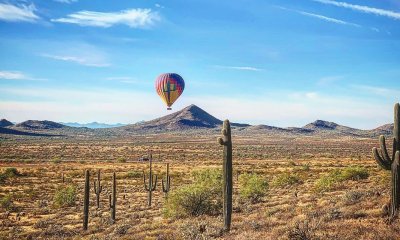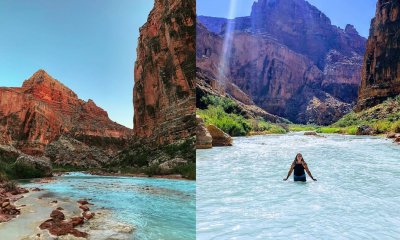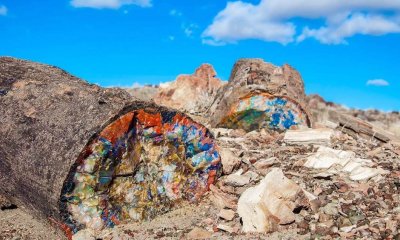Arizona
5 Facts About the Wupatki National Monument
The Wupatki National Monument is an area of ancient Puebloan ruins in Northern Arizona. The beauty of this site has been attracting visitors for centuries. Take a look at these 5 facts about the Wupatki National Monument.
1) Wupatki National Monument is Ancient!
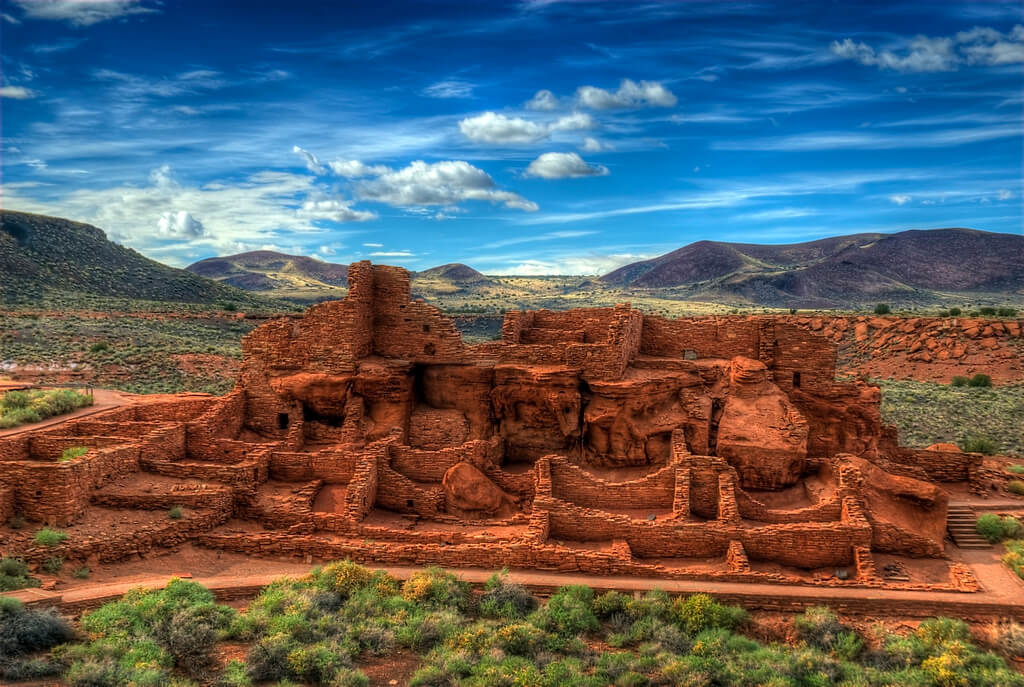
The Wupatki National Monument has been on the National Register of Historic Places since October 15, 1966! Just thirty miles north of Flagstaff, this historically rich area is the place to be if you’re interested in learning about Native American cultures. At an elevation of 7,000 feet, you can explore what life must have been like thousands of years ago. The Wupatki National monument encompasses fifty-six square miles, several major pueblo ruins, and nearly thirty contributing structures. A variety of Ancient Pueblo people are responsible for building all of the settlement sites throughout the area. Specifically, you can learn about the Sinagua, Cohonina, and Kayenta Anasazi peoples.
2) The Largest Pueblo is the Wupatki Pueblo
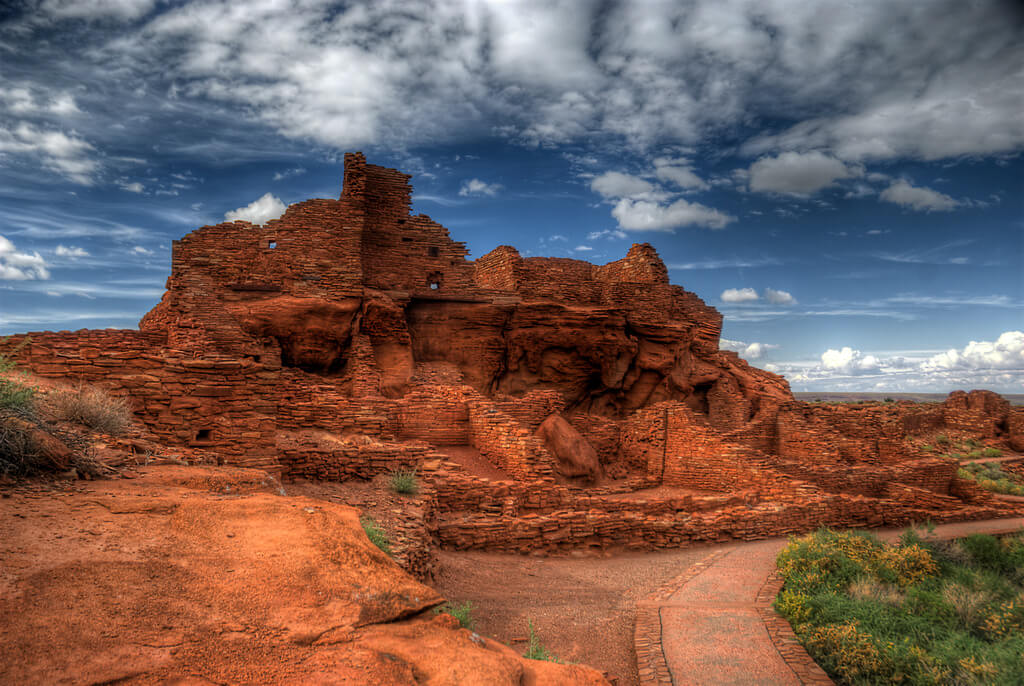
This largest pueblo is the namesake of the national monument. Once the home of over 100 people and only a day’s walk from thousands more, this pueblo was an important epicenter. One main feature of the Wupatki pueblo is its a big community room. Historians believe that inhabitants met here to discuss important issues like trade and local community issues. What an interesting mental image — a town hall meeting of sorts, but back in 1250 A.D! Directly behind the visitor’s center, you’ll find a trail that leads to this historic gem. Rated easy to moderate, the trail will take you about two and a half miles round trip. Not only is it paved, but it also features an outlook point that lets you check out the Wupatki pueblo from above!
3) But, Don’t Forget to Visit Citadel Pueblo and Lomaki Pueblo!
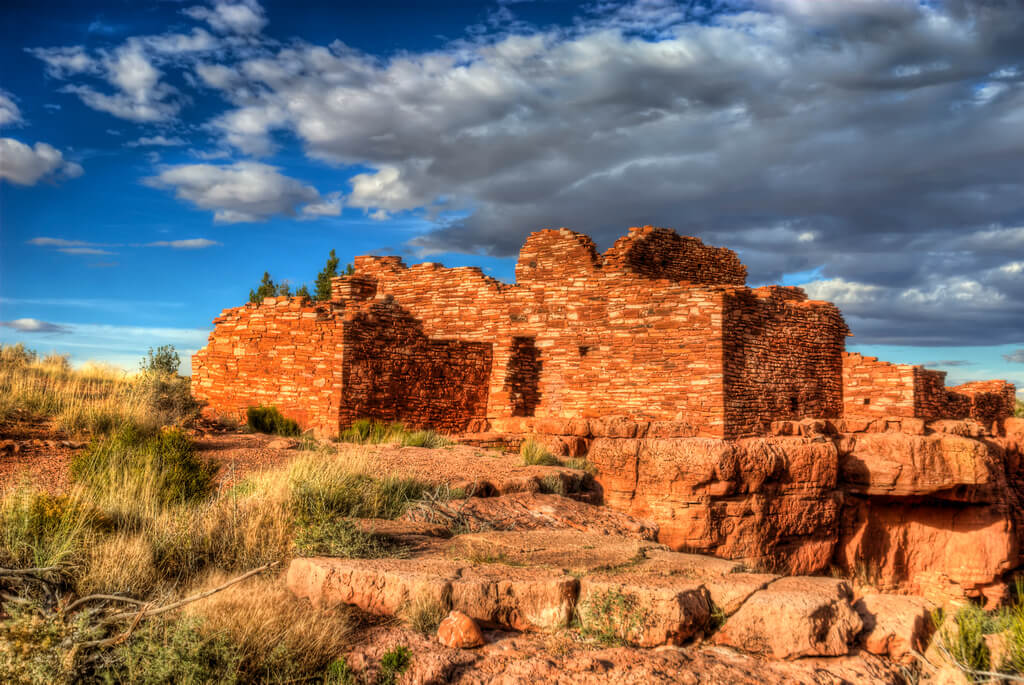
Citadel Pueblo isn’t so near to the visitor’s center. Instead, it sits atop a hill, fortress-like, some nine miles northwest. The Citadel was once home to thirty rooms. Scattered below are the remains to ten other pueblo buildings, and along the way, you’ll pass the ruins of Nalakihu, a Hopi word that means “House Standing Outside the Village.” Lomaki Pueblo has a Hopi translation too; it’s “beautiful house.” Just a half-mile past the Citadel, it makes sense to stop by and see the beautiful stacked stone walls of this ruin while you’re in the area.
4) And of Course the Wukoki Pueblo or Crack-in-the-Rock Pueblo
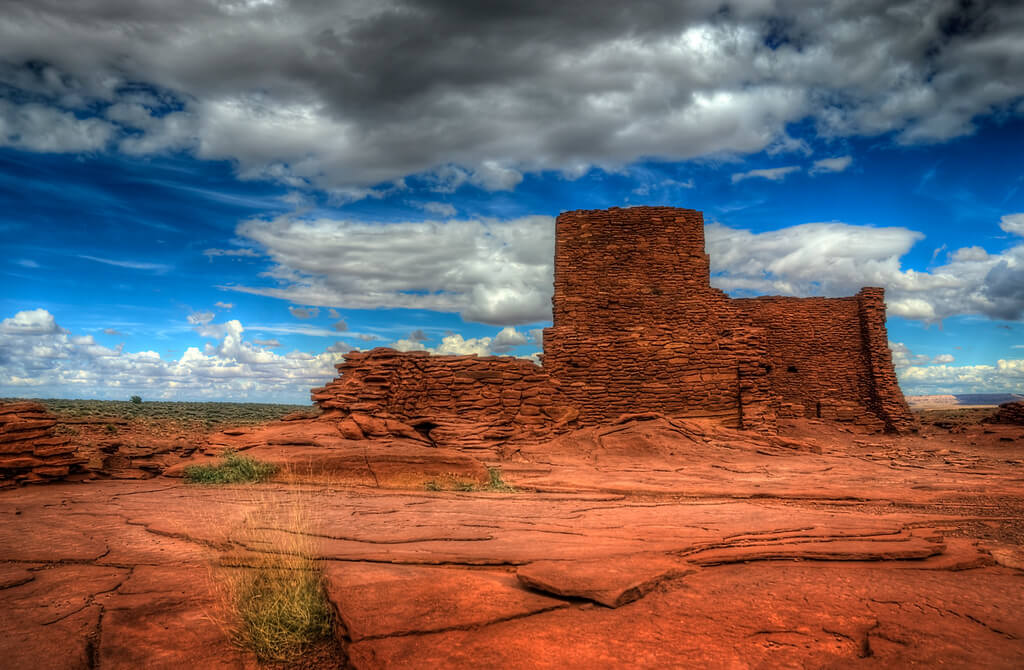
Just three miles from the visitor’s center, Wukoki Pueblo is the most well preserved of the ruins that make up this national monument. It still stands three stories high, and, if you look closely, you can see pieces of a wood beam that remain intact! Crack-in-the-Rock Pueblo is a favorite of adventurers. The fourteen-mile round trip hike doesn’t make it the easiest to reach, but the experience is ultimately worth it! If you make the trip, expect to see plenty of small pueblos and petroglyphs carved into stone walls at the base of the ruin. To top it off, in the distance, you can catch a peek of the Little Colorado River! To make this trip, you’ll want to get in on a ranger-led backpack trip. Contact the visitors center during the spring or summer.
5) The Wupatki Ruins are Important to the Hopi and Navajo
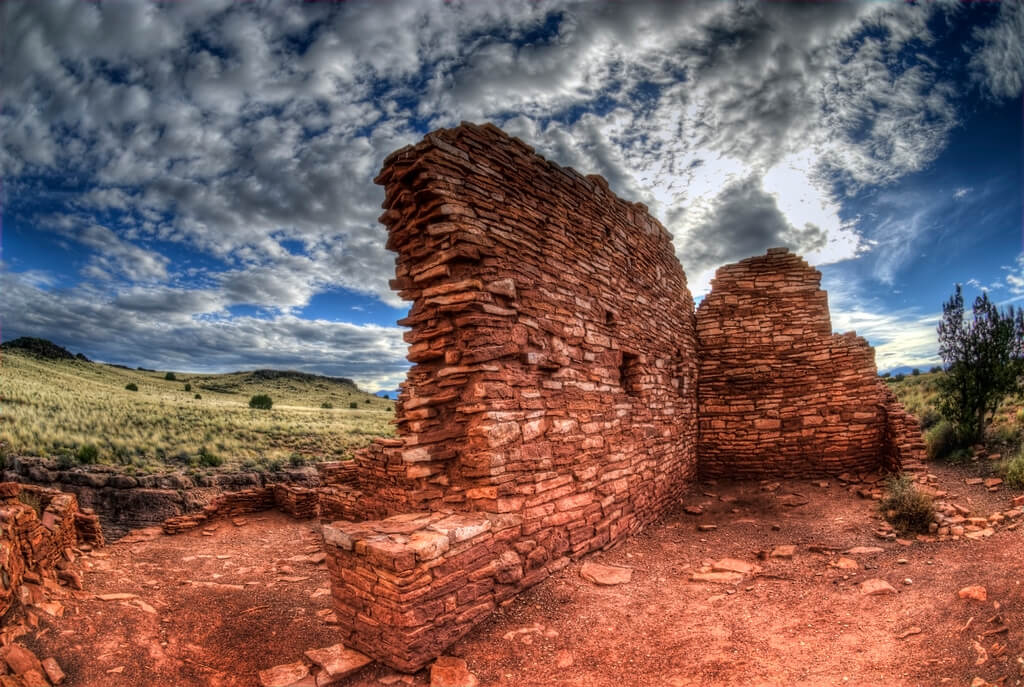
While it can be tempting to veer off the path and explore on your own, it’s important to remember that the ruins of the Wuptaki National Monument are fragile historical finds that we are lucky to have survived even this long. The Hopi and Navajo Indians consider this site to be sacred. Some groups even believe that those who lived and died here remain as spiritual guardians. Stories of the Wupatki are passed down through the tribes, and tribe members often visit the area to deepen their understanding of their clan’s heritage. The most important thing is to always be respectful when visiting these awesome historic sites so that others can use them to learn about the history of the area as well!












